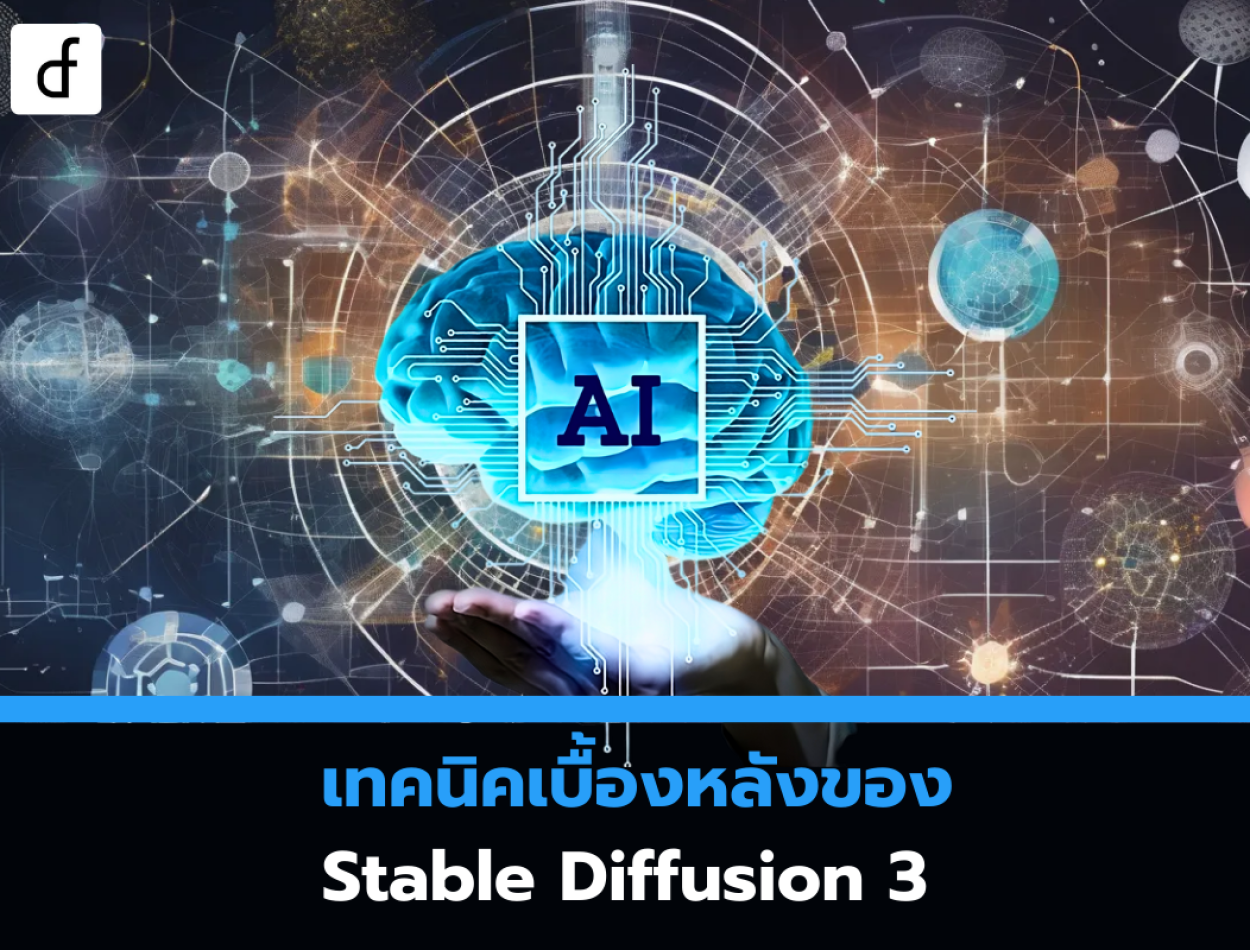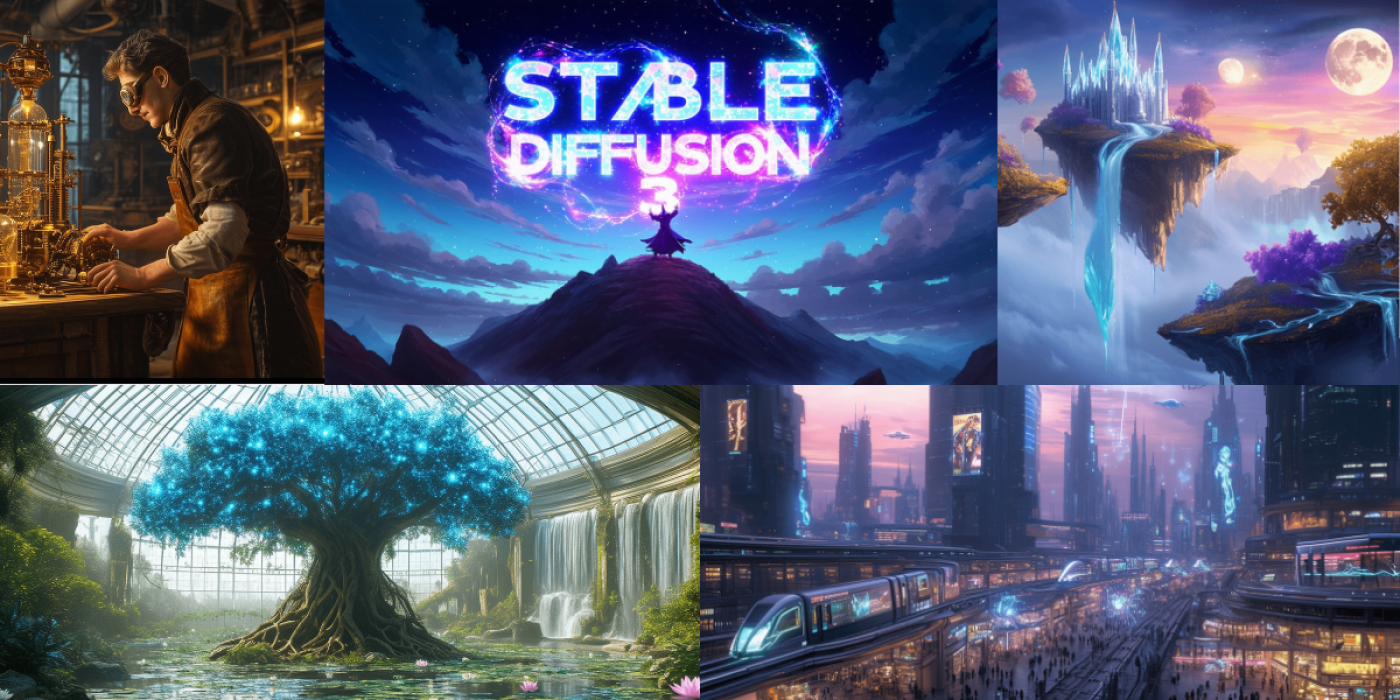
Stable Diffusion 3s Background Technique
2024-08-19 01:21:43
Stable Diffusion 3 is one of the most sophisticated and powerful AI models for digital image creation. This version has been developed and upgraded to have higher capabilities and performance than its predecessors. In this article, we're going to see what techniques Stable Difusion 3 has behind that make it one of its most outstanding tools in the AI range.

Diffusion Models
The core of Stable Diffusion 3 is the use of Diffusion Models, a process that starts with adding “noise” to the image and then gradually removing the noise. This process allows AI to create complex and realistic images. The model operates in several stages, starting with images with maximum noise and gradually refreshing the details.
Cross-Attention Mechanisms
Cross-Attention Mechanisms are another key technique introduced in Stable Diffusion 3 which allows models to better capture the details of the image. By cross-attention, the model can link information from different areas of the picture precisely to the conditions or commands given by the user. Makes the image generated consistent with what the user wants.
Hierarchical Latent Spaces
The use of Hierarchical Latent Spaces helps to handle complex image information. The model divides the image into latent spaces, which enables image creation to take place more efficiently. This leveling reduces complexity and allows modes to process high-resolution images without excessive resources.
Improved Noise Schedules
The improved Noise Schedules are another factor that enables Stable Diffusion 3 to generate higher-quality images. In the diffusion process, noise management is important. The improvement of noise schedules enables noise removal from the image to be done effectively. This results in an even more sharp and sharp image.
Advanced Training Techniques
Stable Diffusion 3 is trained with high-level training techniques, including the use of large and diverse data sets, which allows models to learn better from a wide range of data. The use of Fine-tuning and Transfer Learning techniques also enhances the model's adaptability so that it can work well in multiple situations.
Conditional Generation
One of the notable features of Stable Diffusion 3 is Conditional Generation, or conditional image creation, such as text-to-image or image-to-image, which allows users to better control and direct the image created.
Enhanced Sampling Techniques
The development of the Sampling method makes Stable Diffusion 3 able to generate images faster and more accurately. This technique reduces the occurrence of errors or artifacts in the image generated. Makes the image high-quality and consistent.
Integration with Large Language Models (LLMs)
Stable Diffusion 3 is also integrated with Large Language Models (LLMs) making it possible to create images that are more consistent with commands or texts. Using LLM allows AI to grasp the meaning of commands in-depth and create a complete image that matches the user's needs.
Post-Processing and Refinement
In the final step, Stable Diffusion 3 uses a Post-Processing technique to customize the image created. This configuration will make the image more realistic and natural. This technique also helps fix minor errors that may occur in the image process.
Optimized for Large-Scale Applications
Stable Diffusion3 is designed to be suitable for large-scale applications. Whether it's massive image creation or applications that require high image quality. This model is configured to work in parallel and support fast processing.
Leave a comment :
Recent post

2025-01-10 10:12:01

2024-05-31 03:06:49

2024-05-28 03:09:25
Tagscloud
Other interesting articles
There are many other interesting articles, try selecting them from below.

2024-10-28 01:27:23

2025-04-18 08:16:25

2024-05-06 05:14:24

2024-06-04 09:37:55

2024-10-18 02:32:36

2024-05-16 05:33:24

2025-05-28 03:34:33

2024-08-13 01:29:43

2023-09-29 10:22:30
